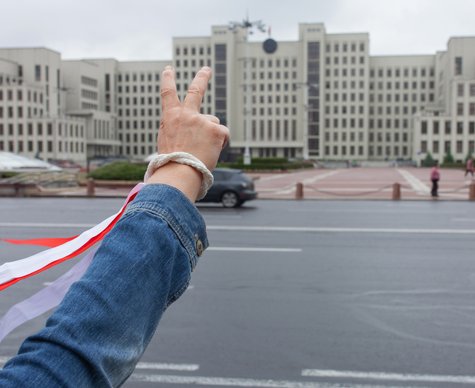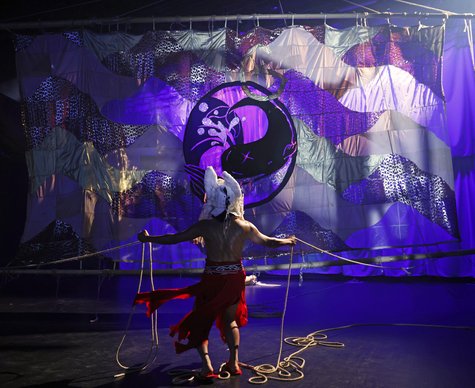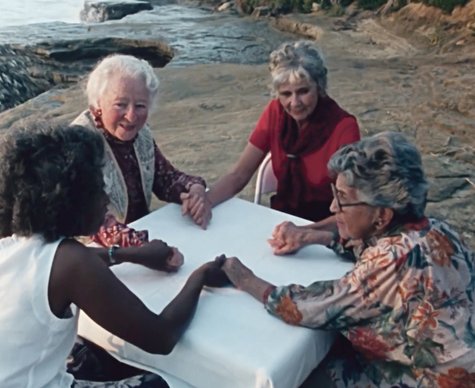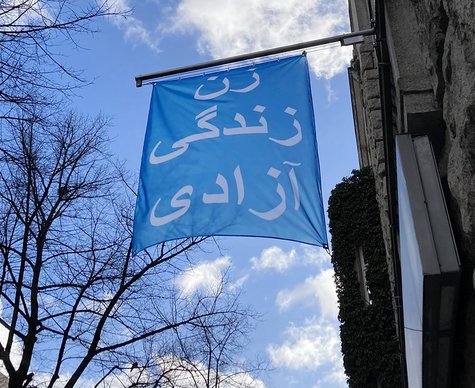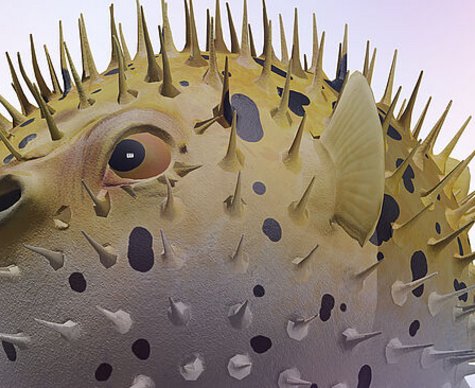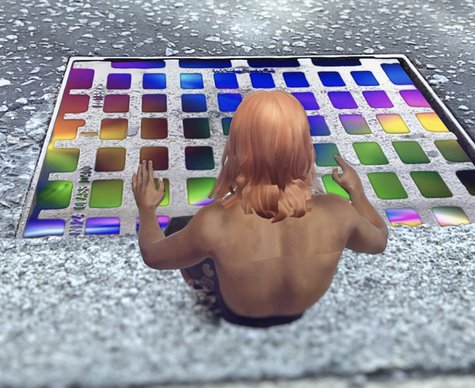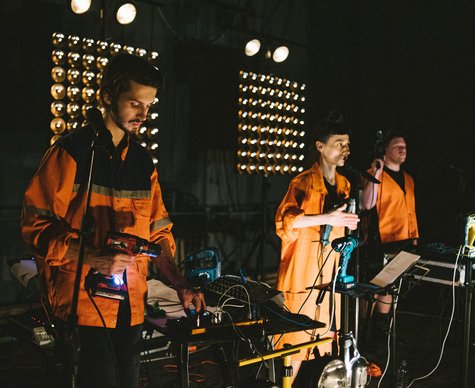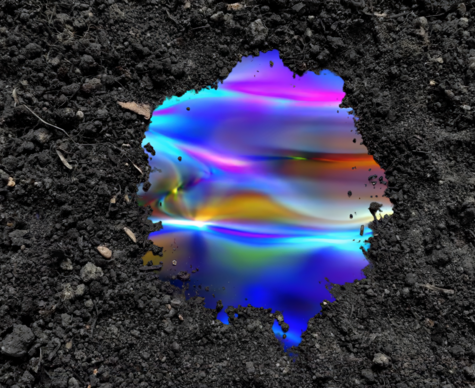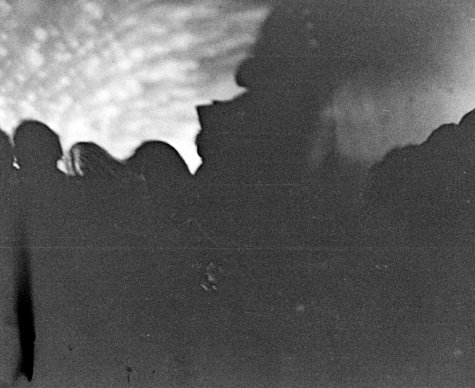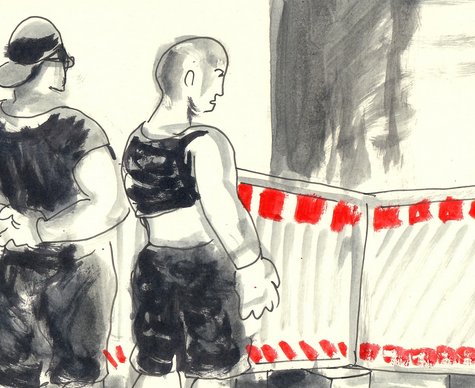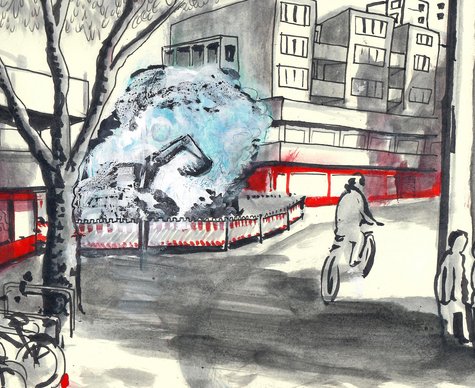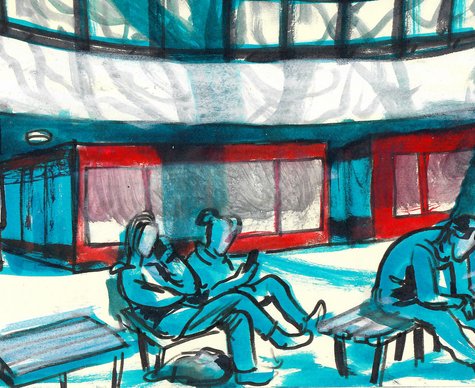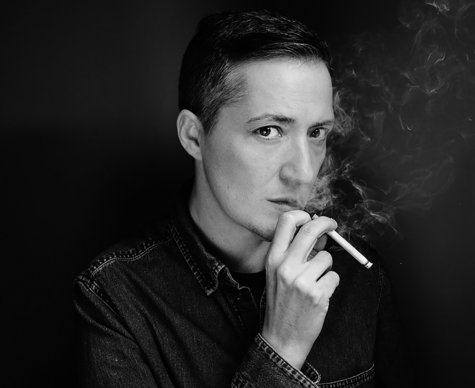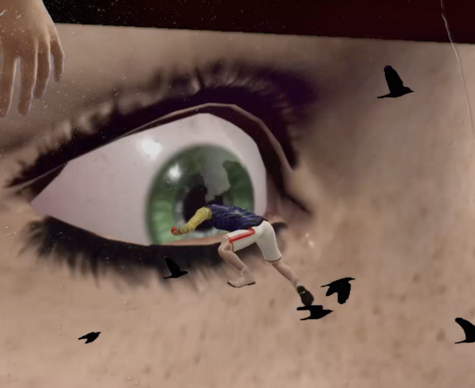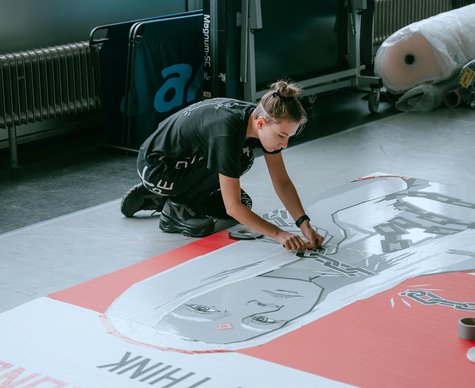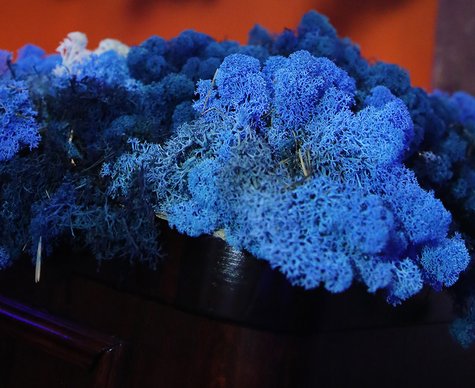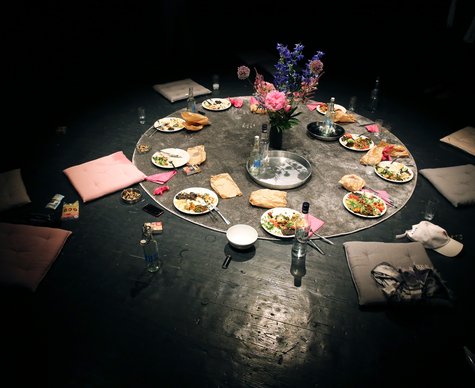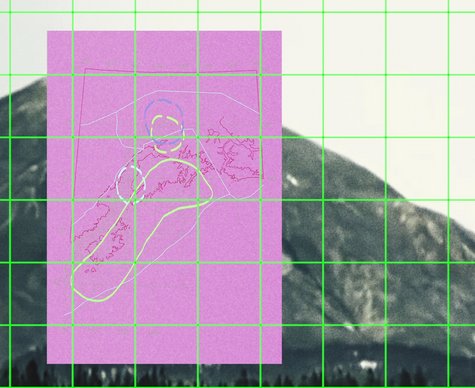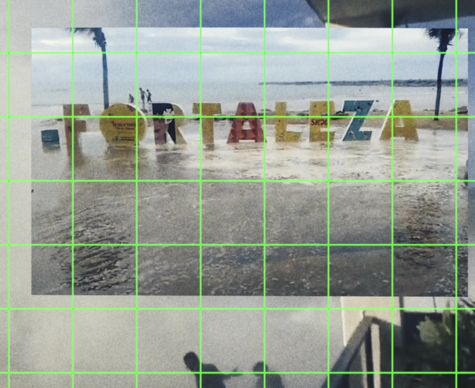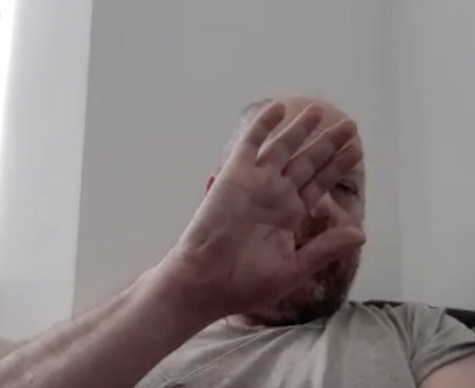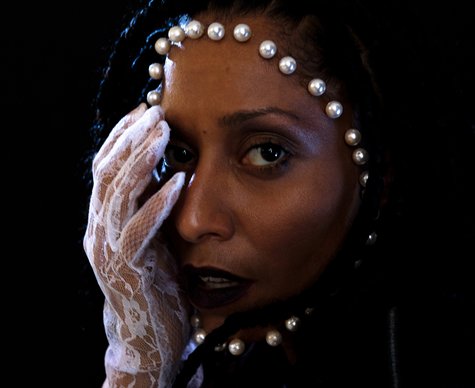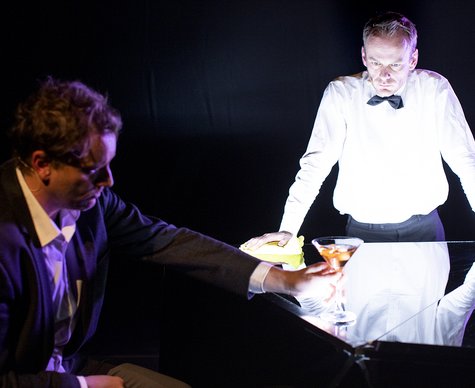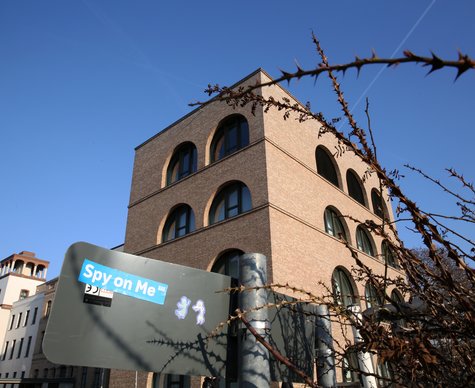CTM 2014 / Dis Continuity
50 Years Elektronmusikstudion EMS Stockholm
Lecture by Mats Lindström with sound examples
- Dialogue
One of Europe’s foremost institutions of electronic music experimentation, the Elektronmusikstudion EMS in Stockholm celebrates its 50th anniversary in 2014. Created in 1964 as a studio for research and development within the Swedish National Swedish Radio, today the EMS is run independently by the Director Mats Lindström. Lindström will give an introductory talk on the history and current experimentation taking place at this important centre for musical innovation, as well as direct the multichannel diffusion of several seminal works produced at the studio.
EMS aims to support the artistic development of electroacoustic music and its integration within other artistic areas; as such it has been involved in a wide range of musical scenes, including contemporary electronic dance music, noise, drone, sound installations, and text/sound compositions. Every year the EMS hosts different guest composers in residency as well as musicians and music practitioners from all over the world that travel to the studio to attend seminars, courses, and lectures. Over the years luminaries such as Karlheinz Stockhausen, Philip Glass, and Morton Subotnick – best known for his "Silver Apples of the Moon", the first electronic work commissioned by a record company – have graced the studios halls, as have more recent visits from the likes of Mark Fell, Brian Williams a.k.a Lustmord, or Stephen O’Malley from Sunn O))) and KTL.
Lindstrom’s talk will elaborate on the studio’s extensive research, its productions and compositions, as well as the web of protagonists that have called the studio home over time. Lindström will also offer a background to several works he himself will specially diffuse, including a work by EMS founder Knut Wiggen (1927), as well as pieces by pioneering experimenters within Swedish electronic music Rune Lindblad (1923 – 1991) and Åke Hodell (1919 – 2000) will be diffused.
The same afternoon, Lindström will also direct a two-hour multichannel electroacoustic sound projection entitled "Images of the Dream and Death", composed by Swedish-Hungarian electroacoustic pioneer Akós Rózmann (1939 – 2005). Produced by Rózmann at the EMS between 1974 and 2001, the work was released in 2013 on Editions Mego sublabel Ideologic Organ, curated by Stephen O’Malley.
Detailed Programme Schedule
16:00 Talk 1 – Prehistory / history
16:30 Diffusion 1
Knut Wiggen (NO, *1927) – "Etyd", 1972, 3:48 min
Rune Lindblad (1923–2001, SE) – "Die stille Liebe", 1972, 9:38 min
Rolf Enström (* 1951, SE) – "Tjidtjag och Tjidtjaggaise", 1985–86, 21:05 min
17:05 Talk 2 – Present / EMS today
17:20 Break
17:40 Diffusion 2
Knut Wiggen (*1927, NO) – "Sommarmorgon" (Summer morning), 1972, 3:40 min
Roberta Settels (*1929, US) – "Landscape with 3 Tape recorders", 1973, 8:34 min
Åke Hodell (1918-2000, SE) – "220 Volt Buddha" (Bildspiel), 1971/1980 , 21:23 min
18:15 Talk 3 – Conclusion EMS today / future / questions
Gefördert aus Mitteln des Hauptstadtkulturfonds, der Initiative Musik, des Beauftragten des Bundes für Kultur und Medien, des Deutschen Musikrates und des Kulturprogramms der Europäischen Union. In Zusammenarbeit mit HAU Hebbel am Ufer, transmediale, Kulturprojekte Berlin, ECAS – European Cities of Advanced Sound, KIASMA – Museum für zeitgenössische Kunst in Helsinki, INA – GRM, EMS Stockholm, Institut für Sonologie am königlichen Konservatorium Den Haag und Dock Berlin.
Dates
Location
HAU2
Hallesches Ufer 34, 10963 BerlinThere are two marked parking spots in front of the building. Barrier-free restroom facilities are available. Four relaxed seats are available in the first row of HAU2. Tickets for wheelchair users and accompanying persons can also be booked via the ticketing system. If you need help, please contact our Ticketing & Service team at +49 (0)30 259004-27 or send us an email to
tickets@hebbel-am-ufer.de.
Latest information for arrival:
There is currently a construction site on Hallesches Ufer between Wilhelmstraße and Möckernbrücke underground station. There is a divided replacement route for pedestrians (right) and cyclists (left), which are separated by a yellow ground line. The carriageway is narrowed to one lane.
Travelling to HAU2 via U Hallesches Tor:
If you are coming from Hallesches Tor underground station, you will have to use an alternative footpath from Wilhelmstraße / Hallesches Ufer junction, which is separated from the carriageway by a construction fence – the actual footpath is currently closed. Please note: the alternative route is also used by cyclists. Pedestrians should keep to the right. We therefore currently recommend that visually impaired or blind visitors come to the HAU with an accompanying person.
Arrival HAU2 via U Möckernbrücke:
When you leave Möckernbrücke underground station, please stay on the footpath on the canal side until you reach Hallesches Ufer / Großbeerenstraße junction – the opposite side is currently closed due to construction work.





















